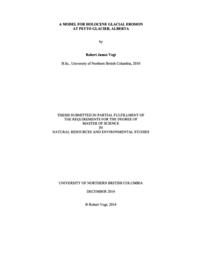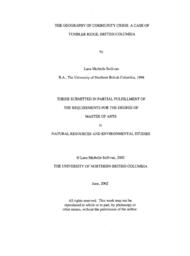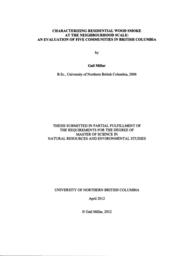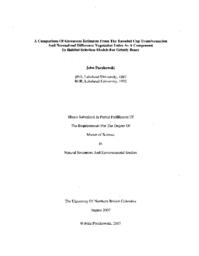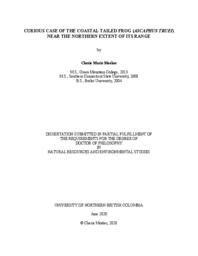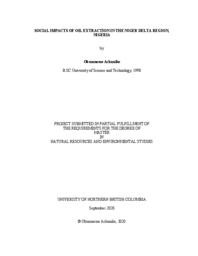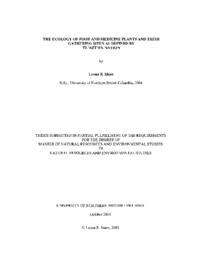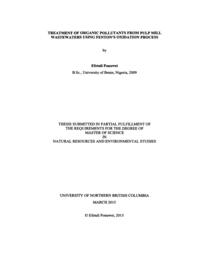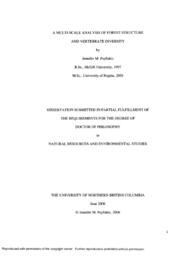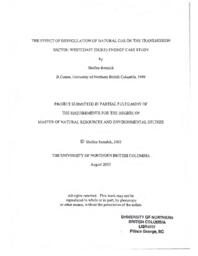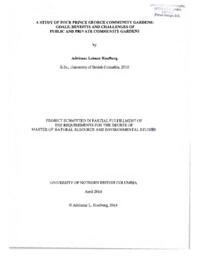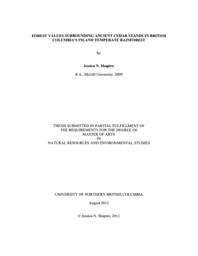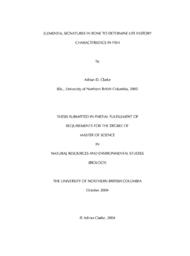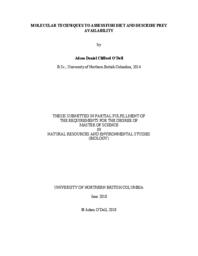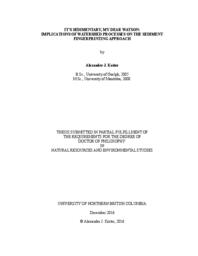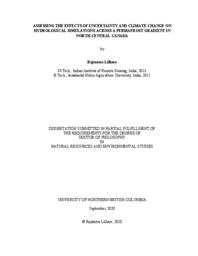Digital Document
Digital Document
Digital Document
The three western Canadian provinces (British Columbia, Alberta and Saskatchewan) are responsible for more than 90 % of the 2017 national total fugitive methane (CH4) emissions from the oil and gas sector. Several survey-based previous studies…
Digital Document
Ascaphus truei, an ancient species of frog, migrated into British Columbia, Canada, following the last ice age. A. truei is of conservation interest because forestry practices, and the associated infrastructure, may reduce habitat quality. There is…
Digital Document
In complex industrialized societies, it is virtually impossible for individuals to know the environmental impact of their consumption. A personal cap and trade system, which assigns citizens limited, tradable allocations of pollution (e.g., carbon…
Digital Document
The nature was the source of inspiration in many designs and products. Learning the algorithms from nature and incorporating them in the product design can be another level of inspiration. Algorithms for generating the pattern of tree-growth and…
Digital Document
Oil was discovered in Nigeria in1956 at Oloibiri in the Niger Delta Region after almost 50 years of exploration. Shell-BP at that time, was the sole concessionaire because non-British companies were not given exploration license to operate in…
Digital Document
The strategic allocation of resources to maximize fitness is the organizing principle shaping the evolution of life histories. The physiology and behaviour of animals is a manifestation of trade-offs in resource allocation among traits and…
Digital Document
Digital Document
Hudson Bay, a vast inland sea in northern Canada, receives the highest average annual freshwater from the Nelson River system among all other contributing rivers. A rapidly changing climate and flow regulation from hydroelectric developments alter…

